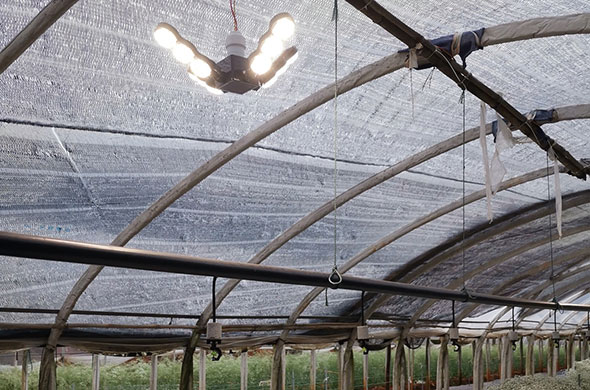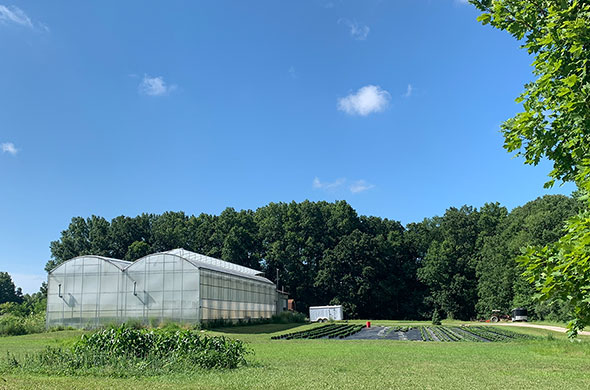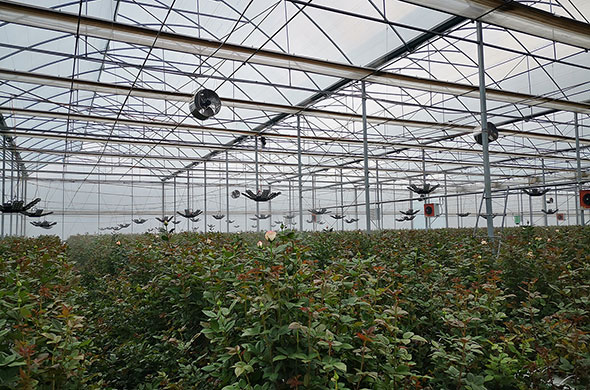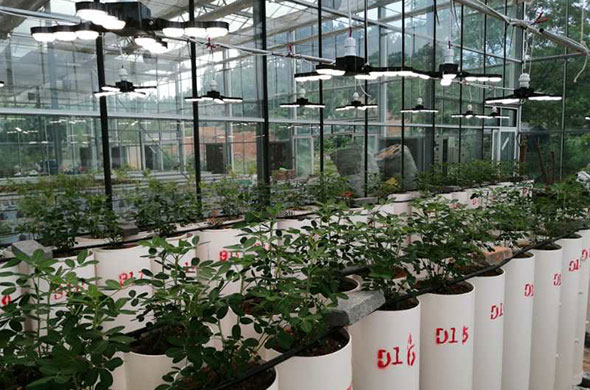Sansi LED: Sustainable LED Lighting and Integrated LED Display
Delivering premium and professional LED Display, LED Lighting, Smart City Integration solutions, trusted by over 60,000 companies worldwide everyday. From industrial lighting to commercial lighting, from outdoor advertising to XR & VR production, Sansi LED greatly improves the quality and sustainability of your business with 30 years of expert experiences.
LED grow lights have increasingly gained significant popularity among vertical farming enthusiasts and business owners. This surge in interest can be attributed to a variety of reasons, ranging from efficiency and cost-effectiveness to environmental considerations. Let's delve into why LED grow lights are becoming the top choice for vertical farm owners.
LED grow lights are incredibly energy-efficient supplementary lighting fixtures. LED technology allows for precise control over the light spectrum emitted, ensuring that plants receive the exact wavelengths needed for optimal growth. This targeted approach not only promotes healthier plants but also results in significant energy savings for vertical farms in the long-time operation.
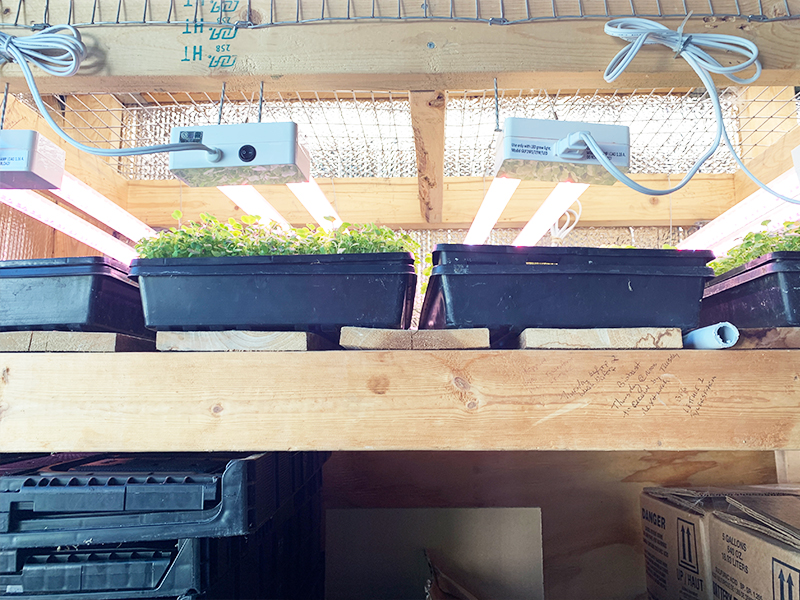
The characteristic of customized light spectrums tailored to specific plant needs of LED grow light is one of their advantages for the customers. Different plants require various light wavelengths at different stages of growth. LED lights can be adjusted to emit specific colors and intensities, allowing vertical farmers to create ideal lighting conditions for their crops throughout the growth cycle.
Unlike traditional lighting systems that emit a significant amount of heat, LED grow lights produce minimal heat, preventing the risk of overheating and damage to sensitive plants. This improved heat management not only creates a more comfortable environment for plants but also helps reduce cooling costs in vertical farming setups. Take Sansi LED grow lights as the example, the LED chips which directly attached to the ceramic heat sinks are more durable compared to the traditional lighting fixtures, which have a longer service life, making them an ideal choice for indoor farming environments where stability and reliability are crucial.
LED grow lights are environmentally friendly due to their low energy consumption and reduced carbon footprint. As sustainability becomes an increasingly important consideration for businesses and consumers alike, vertical farm owners are turning to LED technology to minimize their impact on the environment while maximizing crop yields.

